Rx Pad
Question: What is the Current Perspective Regarding Supervision of Hyperbaric Dives by Nurse Practitioners?
Question: "I would be interested in the current perspective regarding supervision of hyperbaric dives by Nurse Practitioners.
-
Is it safe?
-
What preparation for supervision is appropriate?
-
How many centers across the nation are using NPs?
-
What are the pros and cons to having an NP supervise dives?
-
Other policy or procedure recommendations for NP supervision of dives."
Question from Carol, BSN, RN and student of Wound Care Education Partners.
Our Experts Offer the Following Answers:
Question 1. Is it safe?
Answer. It is safe with appropriate preparation. As with other disciplines within medicine that utilize nurse practitioners and physician assistants, the provision of safe care is a function of proper training and sufficient supervision. The UHMS and NBDHMT consider mid-level practitioners qualified to safely supervise HBOT so long as those criteria are met (see position statements below).
Question 2. What preparation for supervision is appropriate?
Answer. The UHMS (Undersea and Hyperbaric Medical Society) position statement:
The Non-Physician provider specific recommendations:
a) The UHMS supports the on-site supervision of hyperbaric oxygen therapy by a Nurse Practitioner or Physician Assistant if each of the following conditions is met:
i. The supervising physician meets the UHMS recommendations for physician attendance as per UHMS guidelines AND
ii. The supervising physician is immediately available to the Hyperbaric Medicine Department as specified by applicable government regulations, AND
iii. The Nurse Practitioner or Physician Assistant has obtained appropriate specialty certification through the National Board of Diving and Hyperbaric Medical Technology (NBDHMT) as a Certified Hyperbaric Registered Nurse (CHRN) or Certified Hyperbaric Technologist (CHT), or international equivalent
The NBDHMT position statement:
a) HBO must be directly supervised by a physician (or nurse practitioner/physician assistant where permitted by prevailing credentialing and regulatory standards) who is formally (UHMS or other authoritative body) trained in hyperbaric medicine, involving face to face classroom versus online setting. Such supervision should extend to:
a. Assessment of suitability for HBO therapy
b. Determination of risk-benefit profile
c. Interpretation of any related diagnostic testing
d. Generation of a therapeutic dosing profile
e. Evaluation of subsequent clinical course, and
f. Management of any related side effects and complications
Further, the hyperbaric physician must be on the premises and immediately available to the chamber facility at all times that the chamber(s) is occupied. Immediately available would meet the intent of this Position Statement if the physician could arrive at the chamber facility within five minutes of being summoned and in doing so, would not place in jeopardy any other patient presently under their care.
It is the duty of hyperbaric nursing and technical personnel to safely implement ordered therapy and closely monitor patients during their treatments. Should a patient voice complaints or manifest signs suggesting an unanticipated change in status, considered to be hyperbaric related or otherwise, the hyperbaric physician should be immediately notified. Importantly, hyperbaric nursing and technical personnel do not assume any of the physician responsibilities noted above and cannot initiate hyperbaric treatment without patient-specific hyperbaric physician signed medical orders.
Question 3. How many centers across the nation are using NPs?
Answer. At this time, there are only a few.
Question 4. What are the pros and cons to having an NP supervise dives?
Answer. As with many pro/con discussions, the determination of which elements fit into a given category hinges largely on one’s perspective. Any substantive answer must acknowledge the parties represented in this discussion, which include: patients, mid-level providers, physicians and administration. Each group will see this topic through a unique lens and there are doubtless opinions that won’t be represented here. The points made below are not listed as pro or con for those reasons.
- Patient: some may prefer physician level supervision, but there shouldn’t be any difference in the actual treatment provided. There are no cost savings to the patient subsequent to having mid-levels supervise HBOT.
- Mid-level: enjoyment of engaging in hyperbaric medicine, expanded scope of practice, potential for additional income.
- Physician: Potential for reduced work hours and revenue loss due to less time working in HBO, increased requirement for direct supervision of mid-levels and immediate availability. Responsibility for mid-levels requires additional work and liability which are frequently not associated with added compensation.
- Administration: Potential for greater scheduling flexibility as more people can supervise treatments; mid-levels are paid less but physician supervision and immediate access may offset these overhead reductions.
Question 5. Other policy or procedure recommendations for NP supervision of dives.
Answer. One recommendation is to include a Nurse Practitioner job description per NP scope of practice guidelines. In addition to broadening the scope of practice, hyperbaric specific training, experience and competency standards are necessary for credentialing purposes within a healthcare facility. While stand-alone wound care centers may not require that level of documentation, proof of training and experience is part of the UHMS and NBDHMT position statements.
References: Expert answers provided by Laura Josefsen, RN and Nick Bird, MD, MMM
About the Experts
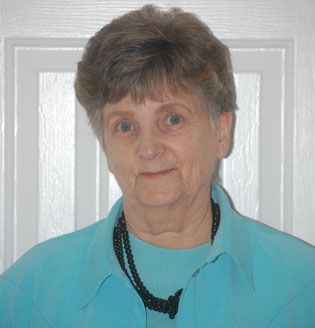 Laura Josefsen, RN, ACHRN
Laura Josefsen, RN, ACHRN
Laura is on the UHMS (Undersea and Hyperbaric Medical Society) Board of Directors as the current Nurse Representative on the Associates Council, and has been a member of the UHMS Accreditation Team as a nurse surveyor since its inception. She is a founding member of the (BNA) Baromedical Nurses Association, served as president from 1996-1998, and has been active on the executive board since 1985. She served for many years as an Executive Board Member of the NBDHMT (National Board of Diving and Hyperbaric Medical Technology), and is a previous member of the BNA Certification Board. She is currently on the Board of Directors of the TMAA (Texas Medical Auditors Association). She is a member of the Undersea and Hyperbaric Medical Society Associates, former member of DAN (Diver's Alert Network), and HTNA (Hyperbaric Technologists and Nurses Association) of Australia. She has numerous publications and is an internationally recognized speaker in the field of hyperbaric medicine.
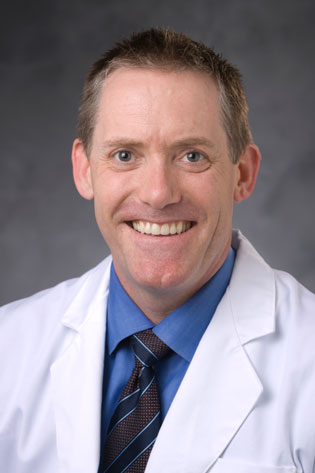 Nick Bird, MD, MMM
Nick Bird, MD, MMM
Dr. Nicholas Bird is a fellowship-trained, board certified hyperbaric physician. He is the past CEO and Chief Medical Officer for Diver’s Alert Network (DAN) in Durham, North Carolina. Prior to his position with DAN, he served as the Medical Director of Hyperbaric Medicine at Dixie Regional Medical Center in St. George, Utah. Additionally, Dr. Bird served in the United States Air Force as a flight surgeon and received his initial training and experience in hyperbaric medicine at Travis AFB while working as the Deputy Flight Commander of the hyperbaric /wound center. He was honorably discharged with the rank of Major, but not before serving as the final Commander of the Base Hospital in Jordan during Operation Iraqi Freedom.
Earning his Bachelor of Arts degree from the University of California at Santa Cruz in 1992, Dr. Bird went on to earn a medical degree from the Royal College of Surgeons in Ireland in 1999. He completed a residency in family medicine under the University of Washington and a fellowship in hyperbaric medicine at the University of California at San Diego. In addition to his fellowship training, he attended the US Air Force hyperbaric course, the International ATMO program, and the NOAA Diving Medical Officer course.
Dr. Bird has remained a clinical instructor in hyperbaric medicine and wound care. He is an active member of the UHMS, works as part of the UHMS accreditation team, has authored articles and book chapters in diving medicine, is a member of the UHMS Diving Medicine Committee, and he has both attended and presented at multiple conferences on diving and hyperbaric medicine. Additionally, he was the course director for the DAN DMT course and author of the revised series of DAN educational programs.
Raised in California, Dr. Bird has pursued his interest in diving from a young age. An avid diver, he was certified in 1984 and became a PADI Instructor in 1989. He now lives in North Carolina with his family.
More Information
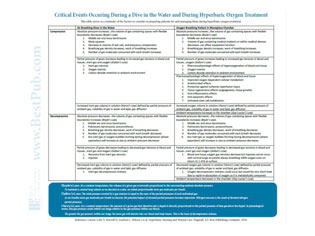 |
Clinic Poster for Download
|
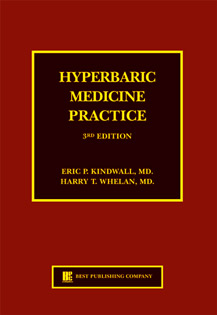 |
Hyperbaric Medicine Practice, 3rd Edition (book) |
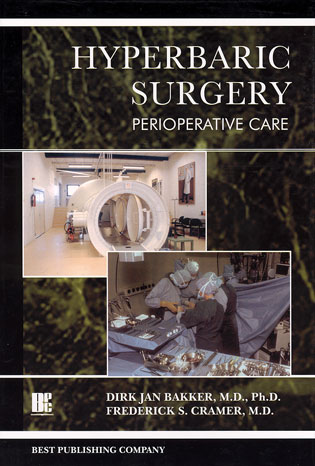 |
Hyperbaric Surgery: Perioperative Care (book) |
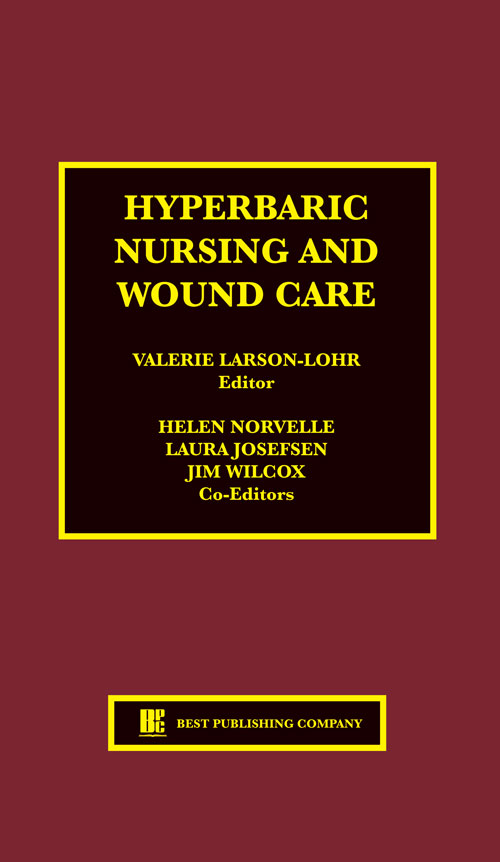 |
Hyperbaric Nursing and Wound Care (book) |
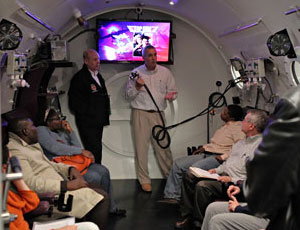 |
Introductory Course in Hyperbaric Medicine 40.0 hour credit course, live course |
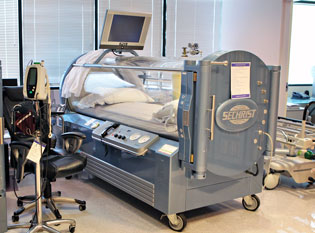 |
Hyperbaric Medicine Mechanisms of Action and UHMS Accepted Indications (online credit course) Hyperbaric Oxygen Therapy Indications (live credit course) This 6.0 hour credit course is now available both live and online |
When you subscribe to the blog, we will send you an e-mail when there are new updates on the site so you wouldn't miss them.
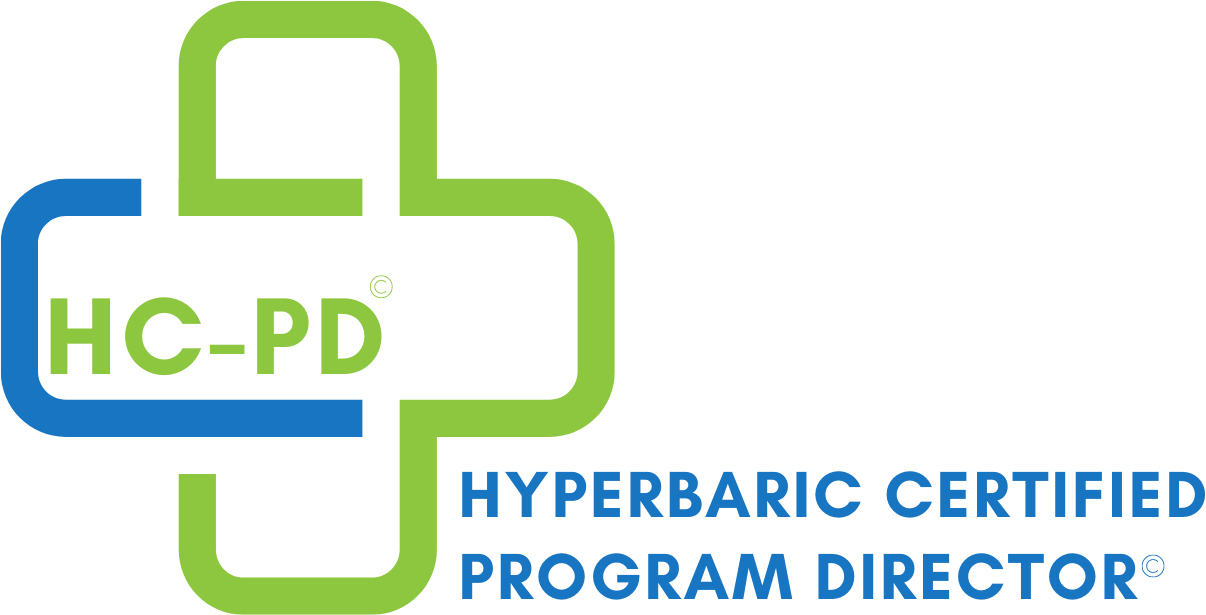
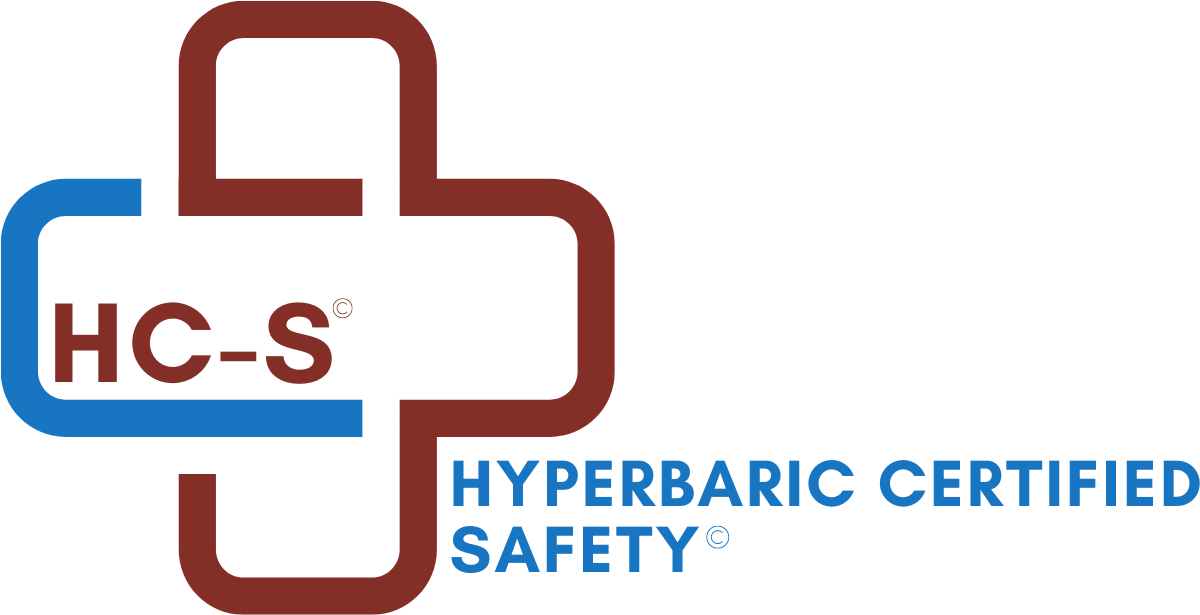
Comments